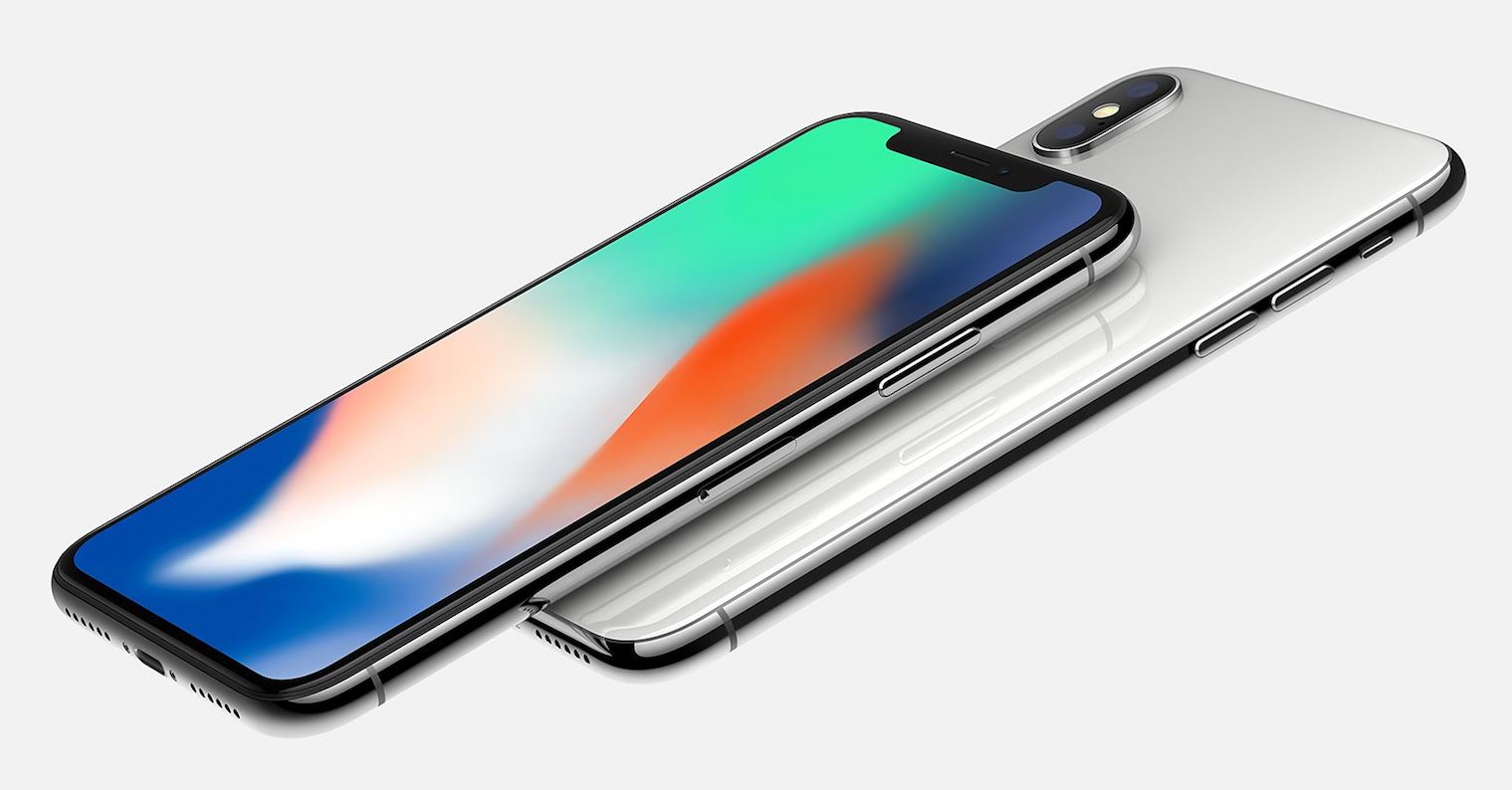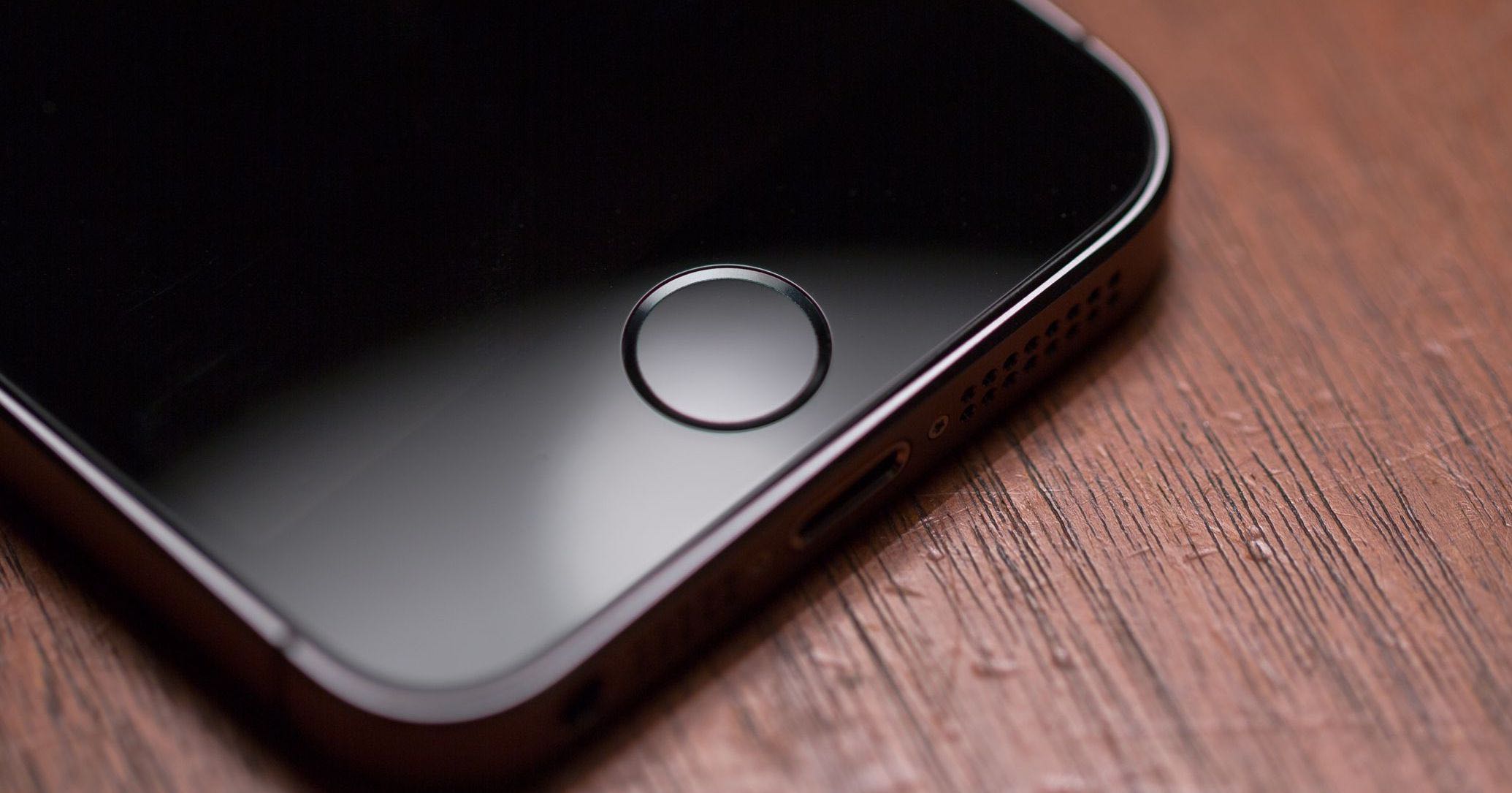Apple is known in today's world primarily as a manufacturer of flagship mobile phones. The vast majority of people simply know the name iPhone, and for many it is also a kind of prestige. But wasn't this prestige greater in the days when the company's smartphone offer consisted of only one model? Apple has increased the number of models offered in a relatively unobtrusive way, for a fairly simple reason.
It could be interest you

From one, through two to five
If we look at history, we can always find only one current iPhone in Apple's menu. The first change then came in 2013, when the iPhone 5S and iPhone 5C were sold side by side. Even then, the Cupertino giant revealed its first ambitions to sell a "lightweight" and cheaper iPhone, which could theoretically generate additional profit, and the company would thus reach users who do not want to spend on the so-called flagship. This trend continued after that, and Apple's offer practically consisted of two models. For example, we had such an iPhone 6 and 6 Plus or 7 and 7 Plus available. But 2017 followed and a huge change came. It was then that the revolutionary iPhone X was revealed, which was presented alongside the iPhone 8 and 8 Plus. This year, another, or rather third, model was added to the offer.
Of course, we could see a light foreshadowing that Apple's offer will consist of at least three models already in 2016, when the mentioned iPhone 7 (Plus) was revealed. Even before it, Apple came out with the iPhone SE (1st generation), and it can therefore be said that the offer consisted of a trio of iPhones even before the arrival of the X. Of course, the giant continued the established trend. It was followed by the iPhone XS, XS Max and the cheaper XR, while the same was the case in the following year (2019), when the iPhone 11, 11 Pro and 11 Pro Max models applied for the floor. In any case, the biggest change came in 2020. Already in April, Apple introduced the second generation of the iPhone SE, and in September it concluded perfectly with a quartet of iPhone 12 (Pro) models. Since then, the company's (flagship) offer consists of five models. Even the iPhone 13, which is again available in four variants, did not deviate from this trend, and the aforementioned SE piece can also be purchased alongside it.

To make matters worse, Apple also sells older models along with its flagships. For example, now that the four iPhones 13 and iPhone SE (2020) are current, it is also possible to purchase the iPhone 12 and iPhone 12 mini or iPhone 11 through the official route. So if we look back a few years, we can see a huge difference in the offer has grown a lot.
Prestige vs profit
As we mentioned in the introduction, apple phones carry a certain prestige. In the vast majority of cases (if we leave the SE models aside), these are flagships that offered the best of the world of mobile phones in their time. But here we come across an interesting question. Why did Apple slowly expand its range of smartphones and does it not lose its prestige? Of course, the answer is not quite so simple. The expansion of the offer makes sense especially for Apple and individual consumers. The more models, the greater the chance that the giant will tap into the next target group, which in turn generates more profit not only from the sale of additional devices, but also from the services that go hand in hand with individual products.
It could be interest you

Of course, in this way, the prestige can easily disappear. I have personally come across the opinion several times that the iPhone is actually no longer classy, because simply everyone has one. But that's not really what the finale is about. Anyone who wants a prestigious iPhone can still get one. For example, from the Russian store Caviar, whose offer includes the iPhone 13 Pro for almost a million crowns. For Apple, on the other hand, it is crucial to be able to increase revenues and get more and more users into its ecosystem.



 Adam Kos
Adam Kos
It's about those services. Apple has long been criticized by financiers for relying on a single product, the iPhone. And it was true for a very long time. but once Apple started to expand the services, it was clear that without expansion to the general public the services would not go far. Today, the situation is such that Apple's services generate more than the Mac and iPad divisions combined. So he headed in the right direction.
Apple was good, now it's going down the drain for years and years, always a new model, but I don't think about i14 any more innovations, no news, so what about android is a few years old, I've had an i13 for over two months and only problems, the same two other colleagues are threatening
You learn to write, you uncle!
Move to the Droid :). I enjoy the feelings of innovation and experiments. And if it doesn't work for you, share it with us. You and 2 colleagues == the whole world of a billion devices :).
I happen to like this one, I believe that in the future there will be a completely new iPhone, let's say Lite, which will have a price tag of let's say 7-9 thousand, it will have a basic camera, a fingerprint reader, otherwise nothing extra, but the most important thing is that it will be an entry model for you on iOS and it will find a lot of customers and expand to even more people who still consider the amount for the iPhone SE to be high :-) I personally had the SE 2016 model as an entry into the Apple world, I didn't want to give money for, say, an iPhone 6S. I found that iOS suits me, so I went to the world, I bought an iPhone 7, a year later an iPhone 8Plus, which did not suit me in size, so I went to the world again and bought an iPhone X, and so far I am satisfied after a few years of use. Although it was a top model, I'm slowly realizing that I don't need a flag but I need iOS, so in the future I know that I don't need to reach for a flag but that I can choose (I'm taking Apple's official offer) between iPhone 11 (14490 CZK) iPhone 12 (mini) - (16990-19990 CZK) iPhone 13 (mini) - (19990-22990 CZK) and while I'm at it, if I wish there were frames, I'll also include the "prehistoric" iPhone SE (11690 CZK) still better than anything with Android. So I also believe that a new model will come in the future, as I wrote, which will target the least demanding ones.